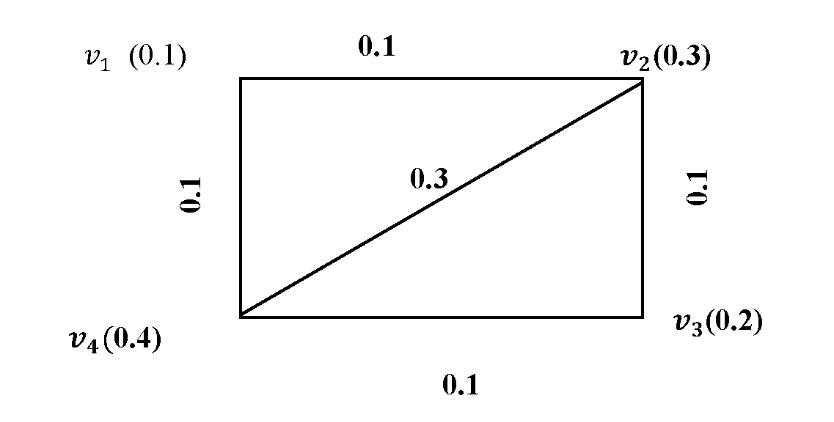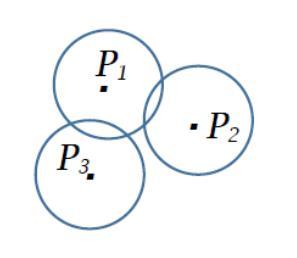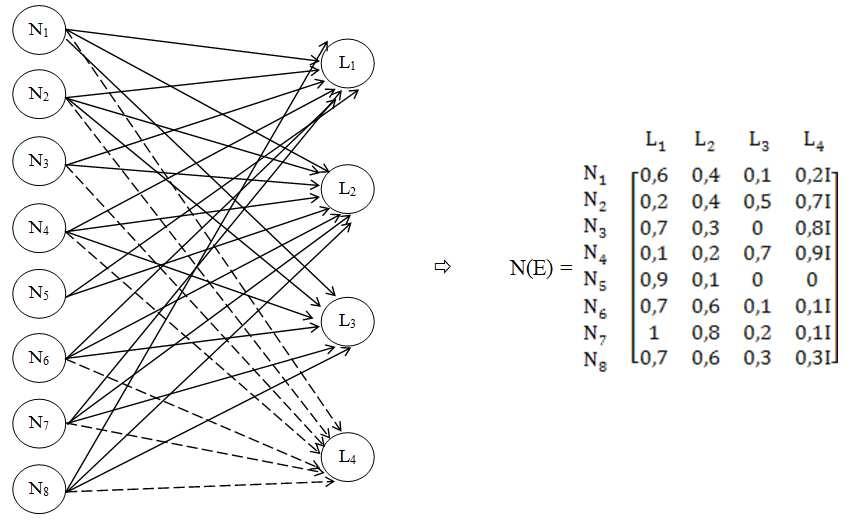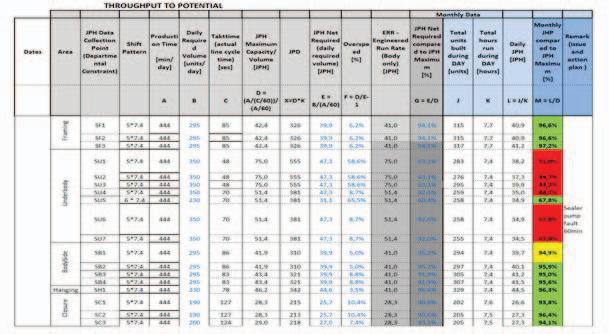
3 minute read
A New Order Relation on the Set of Neutrosophic Truth Values
Advertisement
Florentin Smarandache, Huda E. Khalid, Ahmed K. Essa (2016). A New Order Relation on the Set of Neutrosophic Truth Values. New Trends in Neutrosophic Theory and Applications I: 413-414
Abstract
In this article, we discuss all possible cases to construct an atom of matter, antimatter, or unmatter, and also the cases of contradiction (i.e. impossible case).
1. Introduction
Anti-particle in physics means a particle which has one or more opposite properties to its "original particle kind". If one property of a particle has the opposite sign to its original state, this particle is anti-particle, and it annihilates with its original particle.
The anti-particles can be electrically charged, color or fragrance (for quarks). Meeting each other, a particle and its anti-particle annihilate into gamma-quanta.
This formulation may be mistaken with the neutrosophic <antiA>, which is strong opposite to the original particle kind. The <antiA> state is the ultimate case of anti-particles [6].
In [7], F. Smarandache discusses the refinement of neutrosophic logic. Hence, <A>, <neutA> and <antiA> can be split into: <A1>, <A2>, ...; <neutA1>, <neutA2>, ...; <antiA1>, <antiA2>, ...; therefore, more types of matter, more types of unmatter, and more types of antimatter.
One may refer to <A>, <neutA>, <anti-A> as "matter", "unmatter" and "anti-matter".
Following this way, in analogy to anti-matter as the ultimate case of anti-particles in physics, the unmatter can be extended to "strong unmatter", where all properties of a substance or a field are unmatter, and to "regular unmatter", where just one of the properties of it satisfies the unmatter. 2. Objective
The aim is to check whether the indeterminacy component �� can be split to sub-indeterminacies ��1,��2,��3, and then justify that the below are all different: ��1 ∩��2 ∩��3, ��1 ∩��3 ∩��2, ��2 ∩��3 ∩��1, ��2 ∩��1 ∩��3, ��3 ∩��1 ∩��2, ��3 ∩��2 ∩��1. (1) 3. Cases
Let ��,��+ ,��,����������,��,���������� be electrons, anti-electrons, protons, anti-protons, neutrons, antineutrons respectively, also ∪ means union/OR, while ∩ means intersection/AND, and suppose: �� =(�� ∪ ��+)∩(�� ∪ ����������)∩(�� ∪ ����������) (2) The statement (2) shows indeterminacy, since one cannot decide the result of the interaction if it will produce any of the following cases:
1. (�� ∪ ��+)∩(P ∪ antiP)∩(N ∪ antiN)→�� ∩ P ∩ antiN, which is unmatter type (a), see reference [2]; 2. (�� ∪ ��+)∩(N ∪ antiN)∩(P ∪ antiP)→��+ ∩ N ∩ antiP, which is unmatter type (b), see reference [2]; 3. (P ∪ antiP)∩(N ∪ antiN)∩(�� ∪ ��+)→P ∩ N ∩ ��+ =��������������������������; 4. (P ∪ antiP)∩(�� ∪ ��+)∩(N ∪ antiN)→antiP ∩ e ∩ ��������N= ��������������������������; 5. (N ∪ antiN)∩(�� ∪ ��+)∩(P ∪ antiP)→N ∩ e ∩ P, which is a matter; 6. (N ∪ antiN)∩(P ∪ antiP)∩(�� ∪ ��+)→antiN ∩ ��������P∩ ��+ , which is antimatter.
4. Comment
It is obvious that all above six cases are not equal in pairs; suppose: �� ∪ ��+ =��1 = ����������������������,
P ∪ antiP=��2 =����������������������,
N ∪ antiN=��3 =����������������������.
Consequently, the statement (2) can be rewritten as: �� =��1 ∩ ��2 ∩ ��3 but we cannot get the equality for any pairs in eq. (1).
5. Remark
This example is a response to the article [4], where Florentin Smarandache stated that "for each application we might have some different order relations on the set of neutrosophic truth values; (…) one can get one such order relation workable for all problems", and also to a commentary in [5], that "It would be very useful to define suitable order relations on the set of neutrosophic truth values". References
1. F. Smarandache: A new form of matter — unmatter, formed by particles and anti-particles. CERN CDS, EXT-2004-182, 2004. 2. F. Smarandache: Verifying Unmatter by Experiments, More Types of Unmatter, and a Quantum Chromodynamics Formula. In: “Progress in Physics”, Vol. 2, July 2005, pp. 113-116. 3. F. Smarandache: (T, I, F)-Neutrosophic Structures, In: “Neutrosophic Sets and Systems”, Vol. 8, 2015, pp. 3-10. 4. F. Smarandache: Neutrosophic Logic as a Theory of Everything in Logics.
http://fs.gallup.unm.edu/NLasTheoryOfEverything.pdf. 5. U. Rivieccio: Neutrosophic logics: Prospects and problems. In: “Fuzzy Sets and Systems”, Vol. 159, Issue 14, 2008, pp. 1860-1868. 6. Dmitri Rabounski, F. Smarandache, Larissa Borisova: Neutrosophic Methods in General Relativity. Hexis: Phoenix, Arizona, USA, 2005, 78 p. 7. F. Smarandache: Symbolic Neutrosophic Theory. EuropaNova, Brussels, Belgium, 2015, 194 p.








